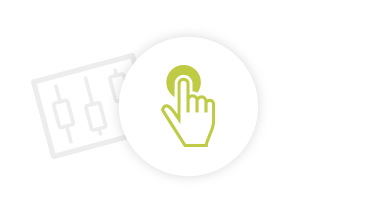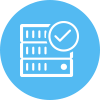Reasons for failures or issues within your cloud infrastructure can be manifold, and protection against them is imperative for using services such as backups. However, backups alone can cause a prolonged downtime, as restoring the service is sluggish, and they only represent data from a specific point in time. What do you do if your service needs minute-level availability with up-to-date data when a disaster like an earthquake, a fire or other unexpected events cause service outages? How can you ensure a high availability of your service even when a whole availability zone (AZ) may be offline?
The Storage Disaster Recovery Service (SDRS) is the perfect fit for your high-availability cloud service infrastructure requirements. SDRS replicates your data to a different AZ of the Open Telekom Cloud. Thanks to real-time synchronization, your service on your Disaster Recovery Site is always up to date. This means your fail-over instances can be started on minute-level with the highest possible data consistency. And in case you would like to prove the effectiveness of your Disaster Recovery, the service drill functionality allows you to set up an infrastructure based on your replicated data in a dedicated Virtual Private Cloud (VPC), allowing you to test and ensure that the service is working as expected.















